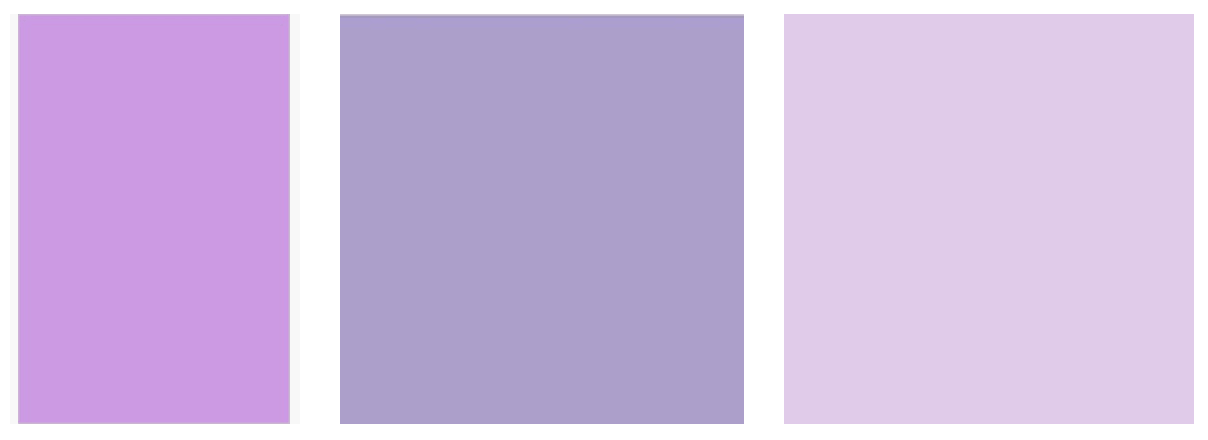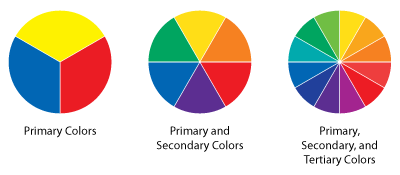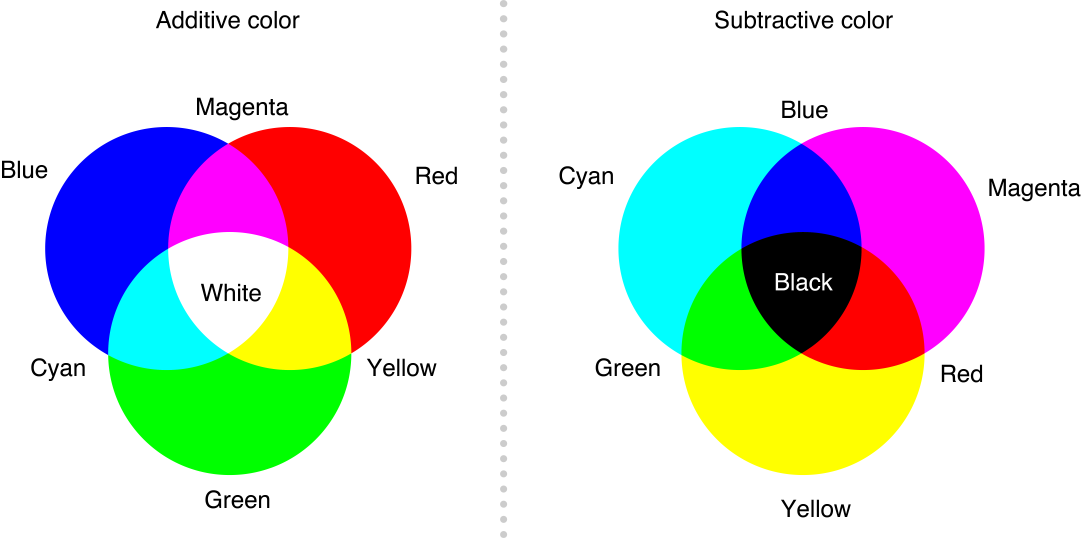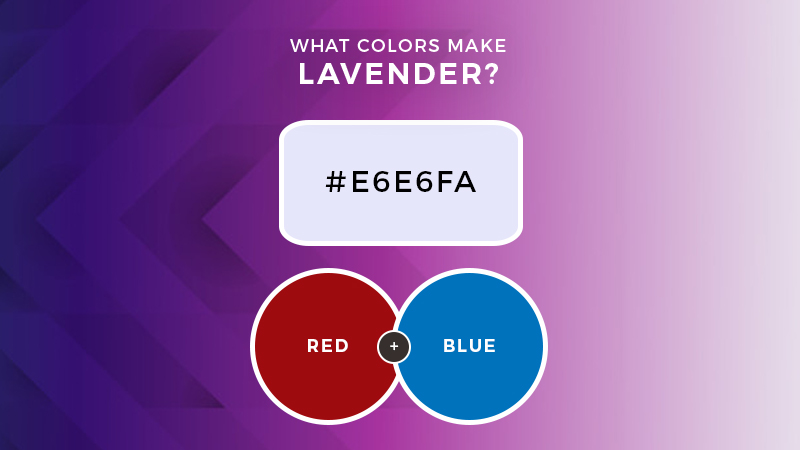What Colors Make Lavender? What Two Colors Make Lavender
If you are an artist or a professional who works with colors, you probably need a large palette of colors to fully express your designs or artwork. But, sometimes you don’t have all the colors that you need in front of you.
In exploring your color palette, you may find that by mixing colors together you can create different hues. For example, mixing red and blue can result in purple, adding more blue can give a darker character, and adding redder can give a brighter one.
But, what if you want to make a color like lavender?
This article will discuss how you can make lavender by mixing different colors.
Keep reading…
The best thing about combining colors is that you can blend one color with another until you get your desired mix. Lavender may bear similarities to purple as it is derived from a mixture of red and blue. However, it is lighter and softer.
If you want to know more about mixing hues to get lavender, read on…
A Brief View of Color Theory
In understanding how to make lavender, you need to go back to your elementary days when you started learning about the color wheel.
As a beginning artist, you probably learned about the basic color scheme. According to your teacher, the three primary colors are red, blue, and yellow.
When you mix two primary hues, you will create new ones that are green, orange, and purple. Then, mixing primary and secondary ones will give your tertiary hues.
Now, another thing you should know is that you can mix colors to get primary colors, but this only applies to the RGB and CYMK color models. You can get red by mixing magenta with yellow, you can get yellow by mixing red with green and you can get blue by mixing magenta with cyan.
You also need to know that you can get different tints, shades, and tones. You can get various tints by adding white to a pure hue, while you can get a range of shades by adding black to a pure hue. Lastly, you can get assorted tones by adding gray to a pure hue.
What Colors Make Lavender?
Now that you have a better understanding of color theory, you are prepared to learn about two colors that make lavender. When making the color lavender you will need the color purple.
If you don’t have the color purple available, then you can mix red and blue together to make purple.
If you do not have red and blue on hand, you can mix magenta with yellow to get red and magenta with cyan to get blue.
After you create a pure purple hue, you will need to create a lighter tint by adding white. If you are working with paint, then this is can be easily achieved by placing a small amount of white in the mixture.
However, if we are talking about the light spectrum, it is important to know that white is simply a sum of all possible colors, while black is the absence of light or colors. So, in digital color mixing of creating lavender, you can mix cyan and red, blue and magenta, blue and red, or cyan and magenta. Then, simply add white to get this tint.
So a quick recap, when someone asks “what two colors make lavender?” You now know that in order to make lavender, you need to mix purple with white together.
Lavender in Design
Now that you have created lavender using red, blue, cyan, magenta, or white, you are ready to use it for your painting or design. When incorporating this tint into your design, it is important to know what this suggests in color psychology.
In color psychology, this tint is associated with various ideas. Usually, this tint suggests youth and vitality. Much like the flower which it was named after, lavender shows vigorous growth.
Because the flower grows in spring, the tint also suggests freshness, a brand-new start, and life. Aside from the physical implications of the tint, it also implies energy and optimism as they are associated with youth.
Aside from this, the tint and the rest of its color family (including purple and mauve), also exude royalty and wealth. This is thanks to its origins as lavender was naturally extracted from the plants. In the past, only the rich and the powerful are able to obtain purple and lavender dyes.
The color is also associated with femininity because the flower grows in spring, which symbolizes fertility. This refers to the reproductive functions of women. The tint also implies productivity because of its relation to spring.
Conclusion
Now that you know how to create lavender and how to use it, you can create designs that not only utilize color theory but also properly implement color psychology. Aside from mixing colors to get this tint, you can also experiment with color mixing to find the right tint, shade, and tones for your design.
Read Latest Posts

Hi, I'm Anthony Tran! Welcome to my site. I live in Arizona and am obsessed with all things related to building an Online Business and working from home. Learn about my journey here.
Follow Online







